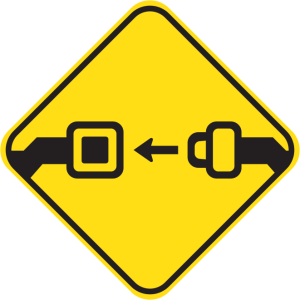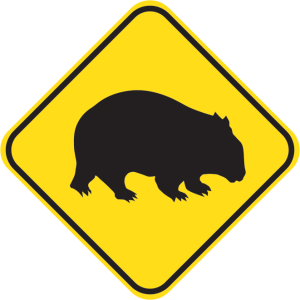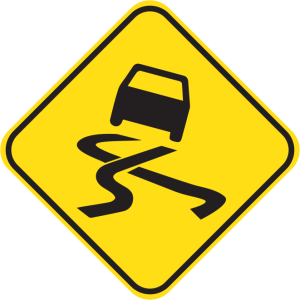Road rules and recommendations
The following are important road rules and road signs
-

ALWAYS drive on the LEFT side of the road.
-

Driver and passengers must wear a seatbelt AT ALL TIMES.
-

We recommend you NEVER use a mobile phone while driving.
-

Slow down and LOOK-OUT for animals on the road, especially at dawn and dusk.
-

PULL-OFF the road when stopping to take photos, enjoy scenery or read maps.
-

SLOW DOWN on winding, gravel or icy roads in bad weather.
-

You MUST OBEY speed limits. In poor conditions, drive slower than the limit.
-

Hazard markers warn that the road ahead is about to CHANGE DIRECTION.
-

WARNING of a sharp bend ahead.
-

LOOK OUT for winding roads ahead.
